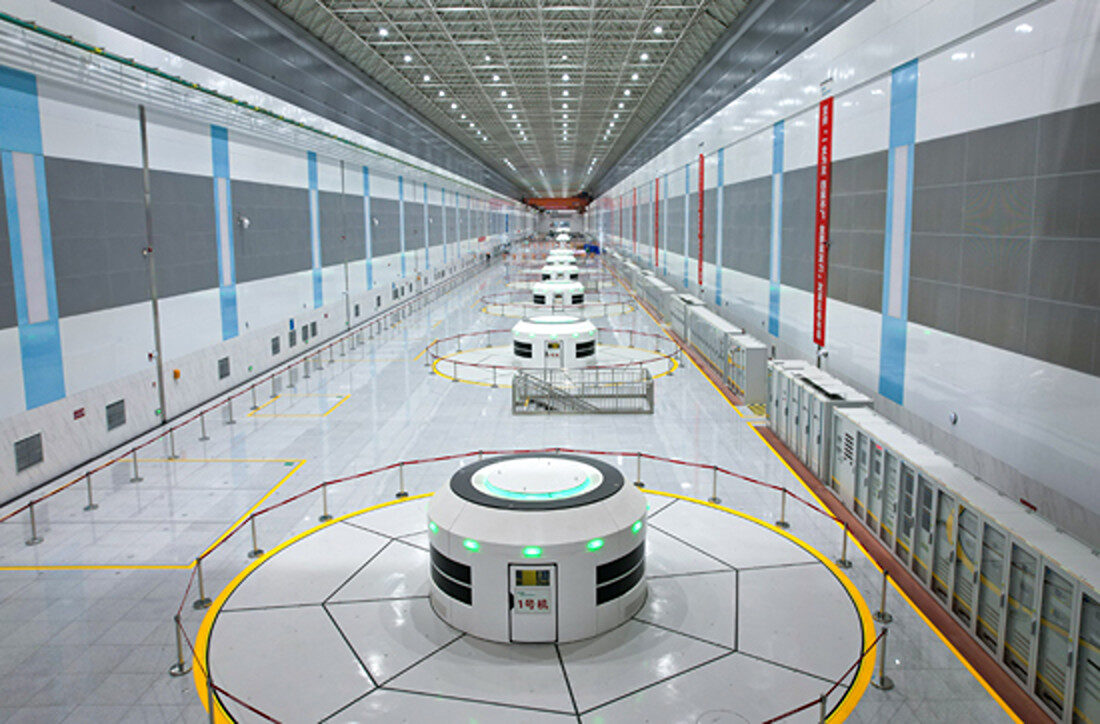Israel-based SolarEdge is rolling out a new controller product in Europe, the company’s smart energy manager for residential solar, as the business targets opportunities in the energy management systems (EMS) segment.
Christian Carraro, general manager for SolarEdge in Europe, has told pv magazine that the energy management system can integrate and manage energy components across a household or business. “We’re launching the One Controller for our residential solar suite, and literally sending the first shipments as we speak, between December and January,” he said.
The controller integrates selected third-party products into the SolarEdge EMS ecosystem by connecting to the household’s internet router via the local area network (LAN). The One Controller can then communicate with inverters, electric vehicle chargers, heat pumps and SolarEdge’s servers.
Carraro added that SolarEdge is developing a similar offer for the commercial and industrial (C&I) segment. “We will have a similar approach for C&I,” he said. “We will have One Controller for residential and One Controller for C&I.”
Both controllers will integrate with an EMS managed through SolarEdge’s One Platform, with different functions available depending on segment. The platform will first roll out to the residential segment, Carraro said, with the C&I product to follow.
“At the end of the day, while the concept is going to be launched in all Europe, we will probably see different applications,” said Carraro. “There will be some countries that will use it for the dynamic tariff and time-of-use [tariff] features, and there will be other markets where they use it for integration with other technologies – with heat pumps and EV chargers.”
SolarEdge posted a $1.2 billion net loss in the third quarter of 2024, mostly attributable to a write down of $1.03 billion in assets on the company’s balance sheet. It has also announced more than 1,000 job losses in the past 12 months.
Carraro, who was appointed GM for Europe in summer 2024, said that on top of revenue generation, he views his main goal in the business as working out the best practices that can “help every country to shine.”
“SolarEdge is one of the main players in the European market and as such we have the same challenges as the others,” he said. “The European market is in stagnation, that doesn’t mean the market is small, but it does mean that it clearly didn’t grow from the second half of 2023 and 2024.”
The general manager for Europe said he doesn’t expect a return to the runaway growth seen in the inverter market in 2021 and 2022, but added conditions are right for a return to “normality” in the second quarter of 2025 as the number of inverters held in inventory continues to decline.
“When we see the levels of installations in our monitoring as well as reports we are getting from other channels, they are bigger than the volume we are shipping. There is continuing activity in the clearing stock levels. Because of the fact of seasonality, I think from Q2 we should get into a much more positive position.”
The GM for Europe also confirmed that despite the closure of its South Korean battery cell business that supported non-solar BESS applications, solar-attached storage remains a “key component” of the SolarEdge business.
While SolarEdge may be selling off its 2 GWh battery cell manufacturing facility in South Korea, the company remains firmly committed to its US manufacturing operations, according to Carraro. “For us, it’s important to make sure that we are producing high-end quality and safe products. We want to keep production in western countries. Today we have US two factories that will replace some factories elsewhere.” said Carraro.
This content is protected by copyright and may not be reused. If you want to cooperate with us and would like to reuse some of our content, please contact: editors@pv-magazine.com.



By submitting this form you agree to pv magazine using your data for the purposes of publishing your comment.
Your personal data will only be disclosed or otherwise transmitted to third parties for the purposes of spam filtering or if this is necessary for technical maintenance of the website. Any other transfer to third parties will not take place unless this is justified on the basis of applicable data protection regulations or if pv magazine is legally obliged to do so.
You may revoke this consent at any time with effect for the future, in which case your personal data will be deleted immediately. Otherwise, your data will be deleted if pv magazine has processed your request or the purpose of data storage is fulfilled.
Further information on data privacy can be found in our Data Protection Policy.